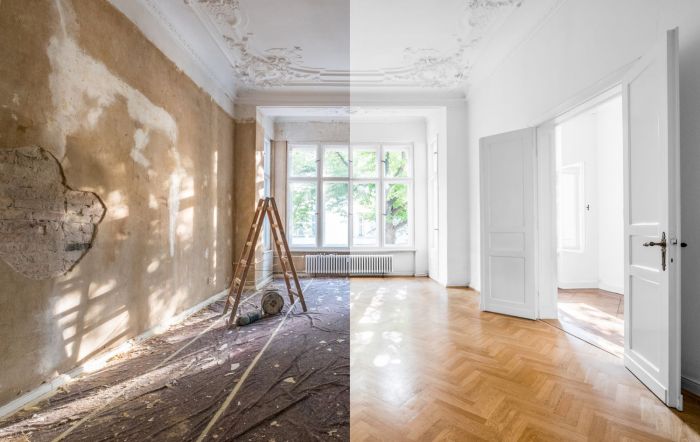Trying to determine the value of art is a little like opening Pandora’s Box. The simple, one question route of art valuation is asking “is it sought after?” If people want your art, they’ll pay big money to get it but if they don’t then you will struggle to shift it regardless of how much you paid to acquire it in the first place. Whether you are an untrained amateur or a seasoned veteran, art investment is a gamble. The major difference is that when you lose a bet in a casino, you only have to hand a plastic chip back to the house. Lose in the art market and you still have something of unique beauty with the potential to reclaim or exceed its purchase price in the future.
Valuing art is not like valuing a luxury car where mileage, model and condition can be easily assessed. Art appraisal is a far more complex beast because it involves both objective and subjective factors, the former are intricate and the latter almost impossible to quantify or predict. For example, if a Warhol goes on auction and one bidder of means is willing to pay well over the odds for it, the sale price, inflated by the buyer’s subjective influence, will set a benchmark for other Warhol works. In this respect, art operates in the same manner as property. If your house is valued at $1 million but the identical house next door is sold for $3 million, it bumps the worth of your property by default. This has led to some collectors, rather sneakily, deliberately over bidding on a particular artist to boost the value of their collection by the same artist.
Art is sold based on perceived cultural value, provenance and predicted future worth. Things that affect the price but which will not have overriding effect include authenticity (especially amongst contemporary works), condition, sales and acquisition history, rarity, demand, the stature of the artist, by whom, if any, it was commissioned by (a painting commissioned by a member of royalty for example will always have value attached to it) and finally, market trends.
Trends include type, style and genre of the work and whether they are in vogue. For example, there might be a demand for pottery opposed to canvas or landscapes rather than portraits. These trends are really at the subjective whims of a very limited group of collectors, investors and dealers and are thus, almost impossible to predict. Much like the commodities of the stock market where you buy when prices are low and sell when prices are high, in the art market you buy when one trend is out of favour, sell when it falls back into fashion. The Mei Moses Art Index along with research data from the likes of Christie’s, Sotheby’s and Lyon and Turnball, who monitor and track market trends, can be an invaluable source of information for when to buy or sell.
The art market itself is divided into two parts: the primary market, where new art is introduced for the first time, and the secondary market, for existing art that has been subject to previous sales. This helps to distinguish between fine or classical art and contemporary art. Fine art is often viewed as the more bankable of the two as its value can be historically assessed whereas contemporary art is much more volatile. This is where the role of galleries, dealers, consultants and art agents earn their crust as trend-setters who value primary market works.
A simple method for appraising new art with speculative value is the scale, intensity and medium of the piece. Even so, the contemporary art market is still largely valued on vague indicators. Contemporary artists such as Mr Brainwash might have initially made a lot of money with a clever juxtaposition strategy of marketing and hype but his more recent copyright lawsuits have brought his art into question and the value of his work has dipped dramatically. The key here is personal taste. If you find a piece that strikes a chord with you and you can afford to buy it, then not all is lost if the piece fails to appreciate in value over time.
The art market is notoriously difficult to enter as dealers maintain a level of saleable quality by implementing high barriers to market entry. So the chances are that if you buy from a reputable gallery, the piece has had many obstacles to overcome to be exhibited in the first place suggesting that the likelihood of complete depreciation is reduced. Many new artists are the equivalent of penny share companies; most will fall by the wayside but in among them is the next Picasso or Hirst with value ready to rocket. This leaves the potential investor with two options, buy up a number of works by emerging artists or, if you prefer a more low risk operation, put your money into a fund with an art investment company and let them manage a portfolio on your behalf.
The reason why contemporary art tends to fluctuate so dramatically is because, as Andy Warhol understood, it is about branding. Modern artists are brands, just like sports stars, public eye socialites and musicians. The measure of success for any brand is whether it will sell inconsequential of substance. Britney Spears’ perfume will sell. Not because it smells especially nice, but because it’s endorsed by a celebrity with a loyal fan base. By that rationale a bad Damien Hirst would most likely still attract a large sum of money because of the value attached to his name alone. For this reason fine art is valued on the piece, whereas contemporary art is valued by the brand.
Unlike its contemporary counterpart, fine art is much more blue-chip. It’s bankable. The attraction of investing in contemporary is the high risk stake and attractive returns if the gamble pays off. But even fine art with a more stable buffer against depreciation can still attract huge investment returns that exceed expectations.
One final thing to consider in art appraisal is its intrinsic value. Intrinsic value is measured by how unique, irreplaceable and sacred the work is. Even the most prestigiously designed or carefully crafted limited edition luxury timepiece is still only one of a series from a production line. If a Bach song book is destroyed, the music survives through the notation but if the Mona Lisa is destroyed, it is lost forever. Even if technological advancement in the future could make identical replicas of the columns of the Acropolis, they still wouldn’t have the same historical character as the originals. It is this intrinsic value that makes art priceless in much the same way that a protected natural landscape or an endangered species has sacred, irreplaceable worth. Art is much more than a material possession or a luxury good.
Art has the ability to strike a chord with the buyer’s sense of individual taste. Art inspires. Art transcends. Art has a wide berth for emotional investment. There aren’t many people in the world that would rather have a stock certificate hanging in their living room wall than an original work by a famous artist that touches the soul of the owner in a way they cannot describe in words. It is this intrinsic personal value that makes art an invaluable investment prospect regardless of the price tag.














